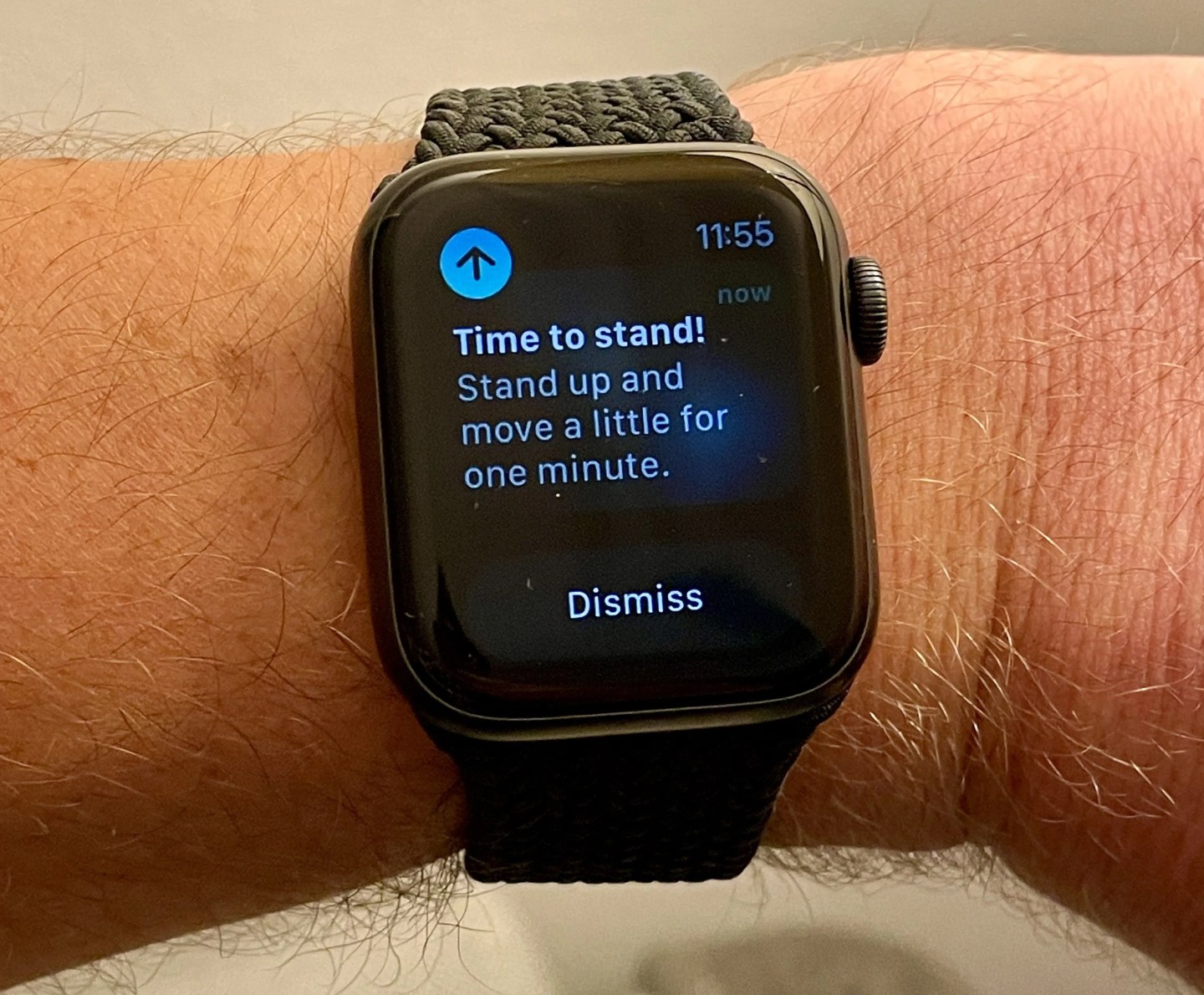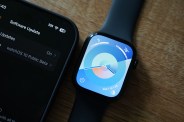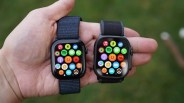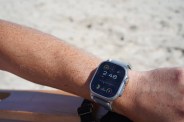Hot take alert: the Apple Watch is not only the best watch you can buy, but the only watch you need.
Of course, I understand how much people love their old-fashioned timepieces, But at the end of the day, a watch is a tool — one meant to provide critical information at a glance. At first, that was just the time; then it became time and date, time and day, time in multiple places, time spent underwater, and so forth. With the Apple Watch, you can see almost everything. My default face tells me not just time and date, but the sun’s position, the temperature, the precipitation, my compass direction, my next appointment and how active I’ve been, all at a glance.
But as indispensable as these features make it (it’s the only timepiece I’ve worn since I bought it three-plus years ago) the Apple Watch does manage to be uniquely infuriating when it decides it’s smarter than I am. Specifically, I’m talking about the Fitness features.
As I write this, I’m sitting nursing a low-grade fever, with aches and malaise spread throughout my body and the occasional chill sending me running for the blankets. My doctor would no doubt tell me the best approach is to park my ass on the couch for the rest of the day and let my white blood cells go to work; my partner is in the midst of planning a full soup-and-Nyquil assault on my illness.
But my Apple Watch, meanwhile, will harass me many times over the course of the day, telling me that “you just need to do some light exercise every hour for the next three and you’ll close your Exercise ring,” or the accursed “Time to stand!” And then, come the end of the week, when my Watch sends me a Fitness status report, it’ll mock my lack of movement by not just showing the days when I failed to meet my goals, but prompt me to “aim for six days next week.”




